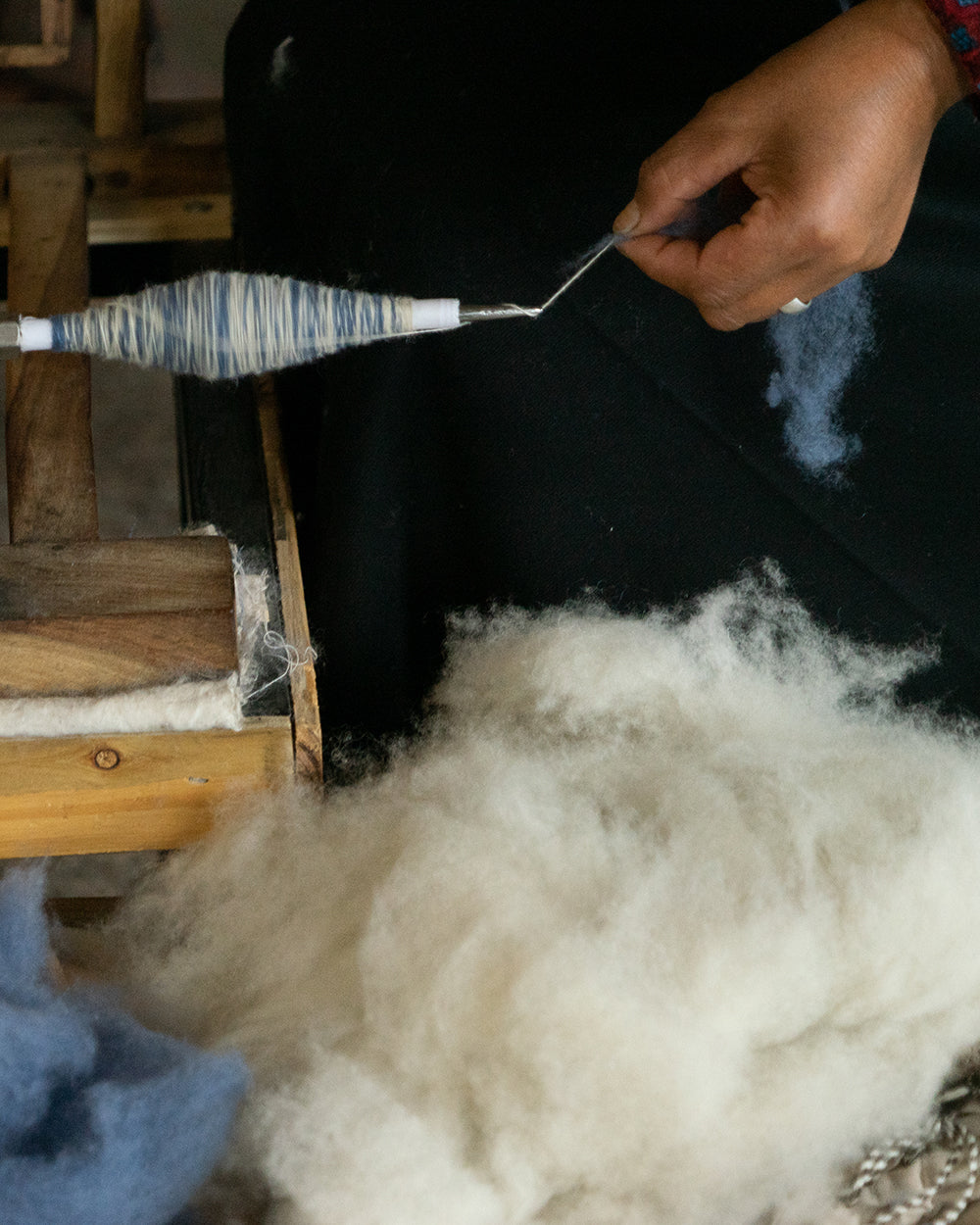THE WHITE YAK
|
In Tibet, white is associated with milk and yogurt, givers of life, billowing clouds and snow lions. White is longevity; exemplified in White Tara, the bodhisattva of long life and in the white hair of the elderly, celebrating their power to defy the years. White is also purity, like newly fallen snow. Khatas, the scarves offered as greetings or shows of respect on auspicious occasions, are also white. It is no small wonder that a white yak, the most essential animal of a Tibetan nomad, commands respect. Most yaks are dark brown, but a small number in a herd will be grey and even fewer, white. These can make up the majority or a herd in certain areas, explained by the following story: nomads from one area moving to another encountered problems when their animals refused to move. A large white yak suddenly appeared and successfully led the herd to a new and plentiful grazing area. The yak mated, giving birth to a yeko (baby yak), as white as snow. From that time, most of the yaks from this area were born white, and white found its place in the local culture, reflected in women’s names. At Norlha, we discovered the virtues of white yak wool, ranging from shades of off white to ivory, and greatly appreciate its rarity and versatility. |












